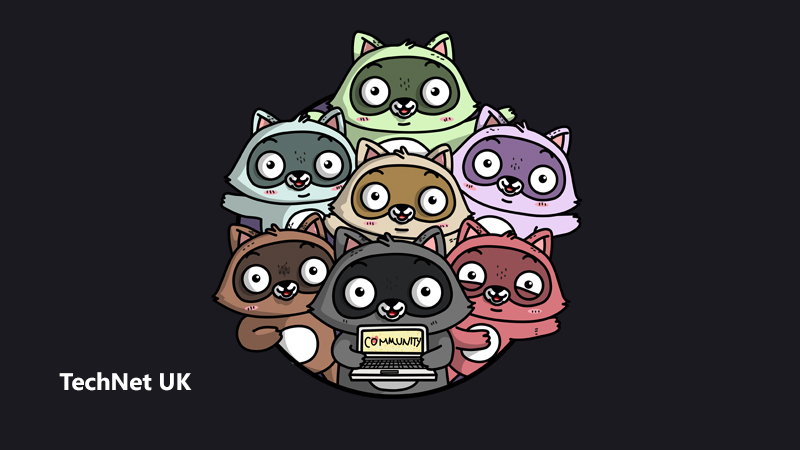
The Top 10 TechNet UK Articles of 2021!
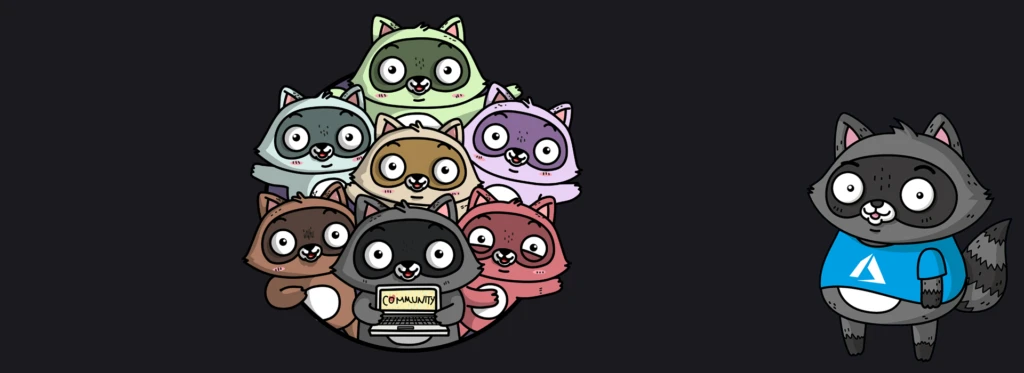
We’re now arriving at the end of 2021, so as is tradition we’re taking a look back at the Top 10 articles that were most popular by you, the TechNet UK audience! It’s great to see a mix of names amongst the authors, complimenting a wide variety of different topics.
A massive thank you to our guest writers and contributors for providing these articles, and we hope to work with writers new and old in 2022 to create even more great content for everyone at TechNet UK.
If you’re interested in writing for TechNet UK, drop us an email at UKTechStories@microsoft.com with a rough idea about what topic you’d like to cover and we’ll get back to you as soon as we can!
Without further ado, here’s the top ten!
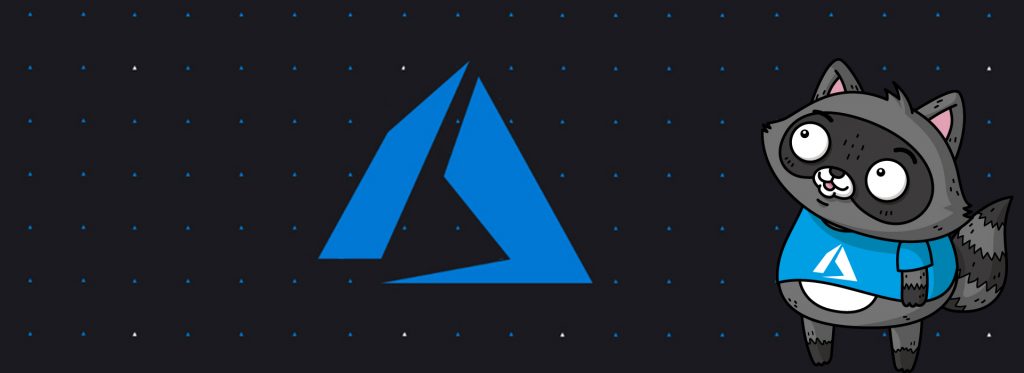
10. Azure AppDev Trends in 2021
by Mark Harrison
Mark Harrison takes a look at the AppDev trends he’s been seeing so far this year, as well as touching on the themes he’s frequently asked to cover as an Azure AppDev Specialist.
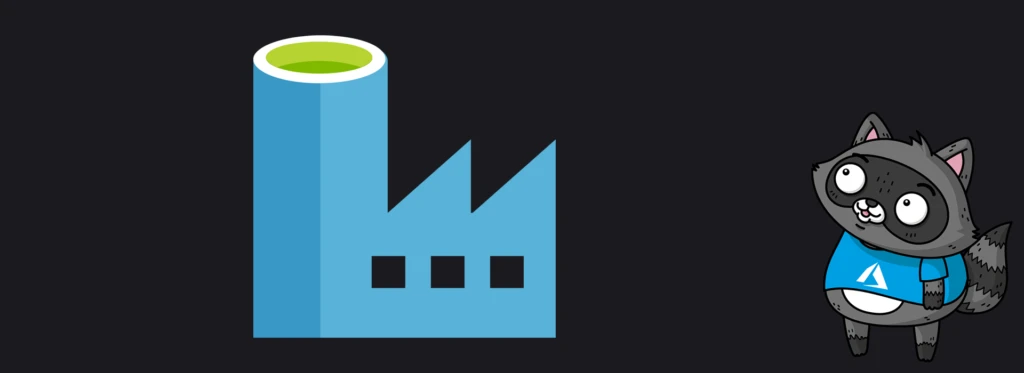
9. Backup your data lake using Azure Data Factory – Metadata Copy activity
by Issagha Ba, Athulya Ramamoorthy, Volkan Civelek and Abiodun Olatunji
In this blog post, the Microsoft Customer Success Unit will walk you through how to leverage ADF pipelines for full and incremental backups of your data lake on Azure.
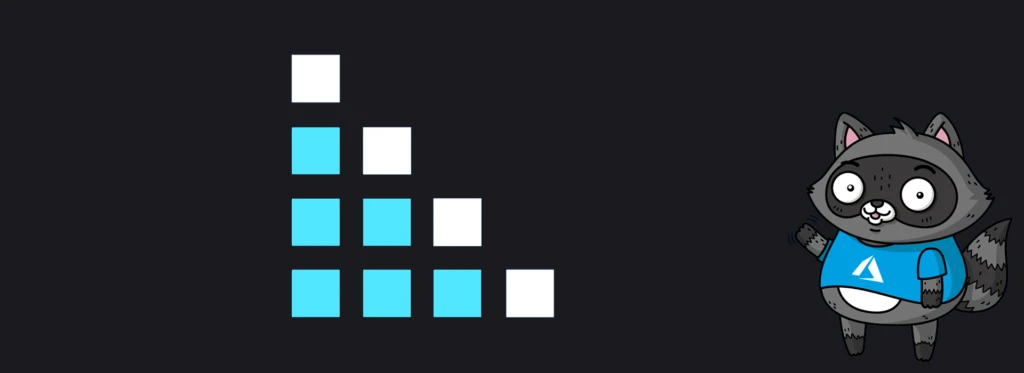
8. Building Scalable Data Science Applications using Containers – Part 5
by Jon Machtynger
In this first of two blogs, Jon Machtynger takes a look at building an environment locally using docker-compose, while making some observations about limitations.
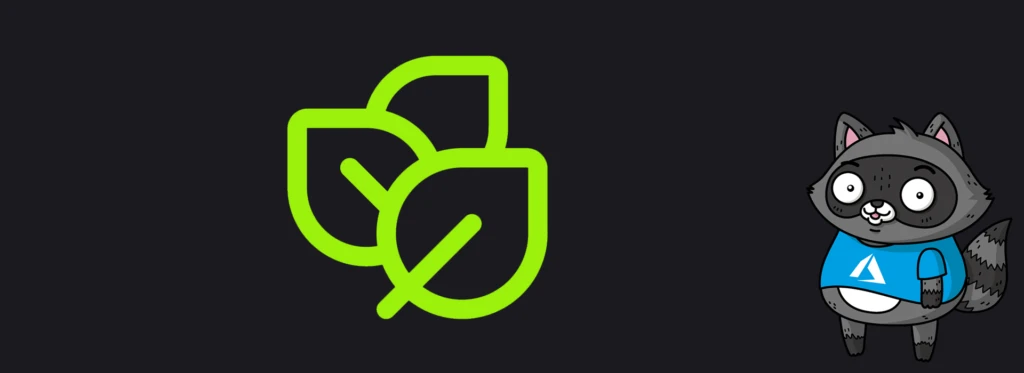
7. How to measure and reduce the carbon footprint of your application
by Assim Hussain
The first principle of green software engineering is to build applications that are carbon efficient. That means for each gram of carbon our application is responsible for emitting into the environment, we try to extract the most value from that gram as possible.

6. Sustainability and Green Software Engineering
by Mark Harrison
Mark Harrison takes a look at what Sustainability and Green Software Engineering means for Software Engineers and Application Developers.
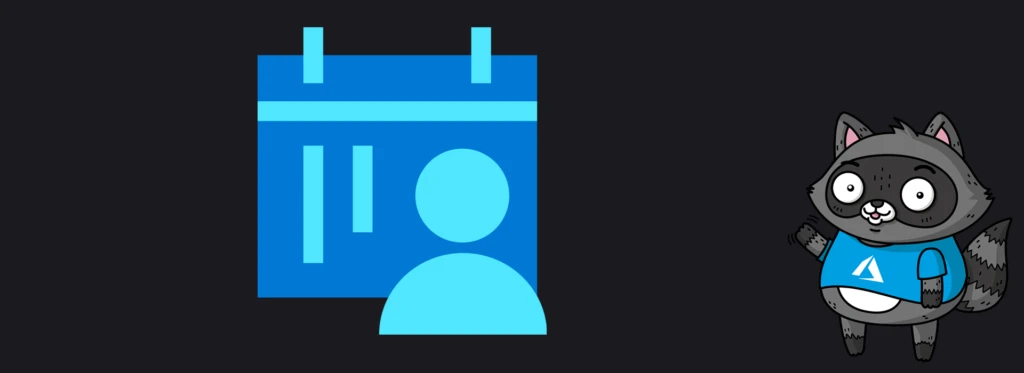
5. A look at the Azure announcements from Microsoft Ignite 2021
by Chris Walden
This year’s Microsoft Ignite is now over. Let’s take a look at some of the announcements, and how you can catch up on sessions if you’ve missed them.

4. Creating a Metadata-Driven Processing Framework For Azure Data Factory
by Paul Andrew
This open source code project delivers a simple metadata driven processing framework for Azure Data Factory and/or Azure Synapse Analytics (Intergate Pipelines).

3. The ultimate guide to attending technical events remotely in the UK
by Sara Allison
There are hundreds of amazing Microsoft-focused technical communities you can get involved in (yes, even during a pandemic!), with focus areas from .NET to data science and SQL and everything in between.
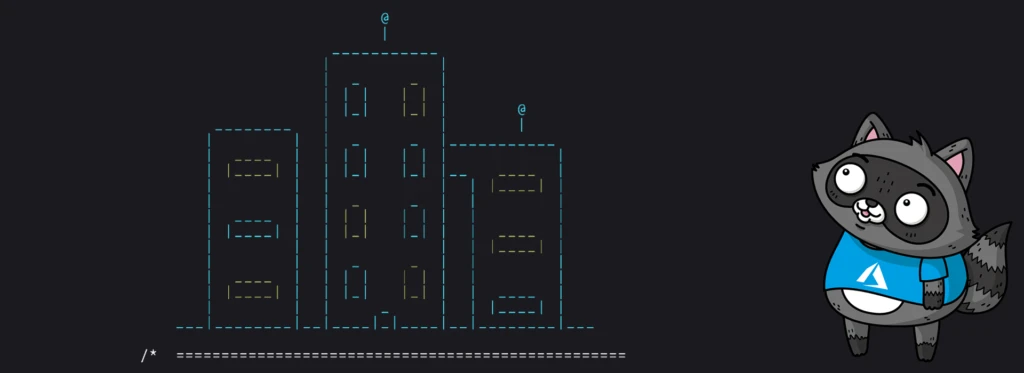
2. Using open source software to connect charities with people in need of social housing
by Chris Sainty
We speak to Chris Sainty, who proved anything is possible in OS by using it to develop the Blazor app that connects charities to people in need of social housing.
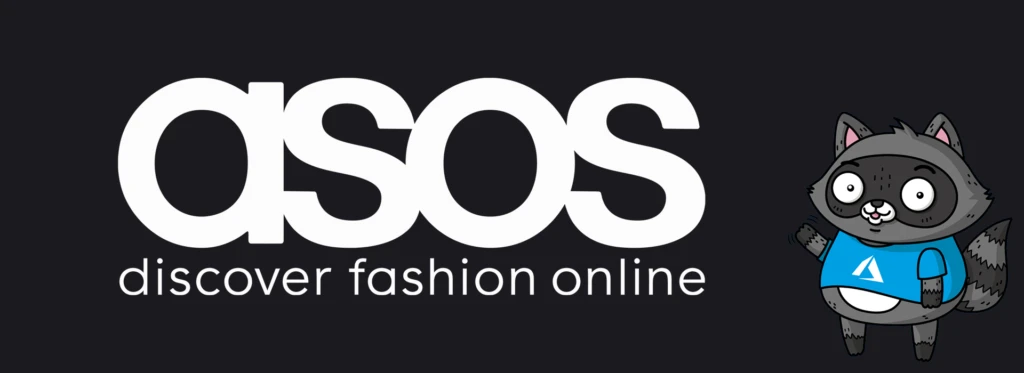
1. Powering 3 million requests an hour with open source software
by Tony Gorman
We spoke to Tony Gorman from ASOS to learn how open source software is being used to power services that handle upwards of 3 million customer requests an hour.




